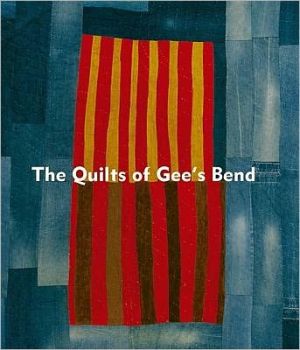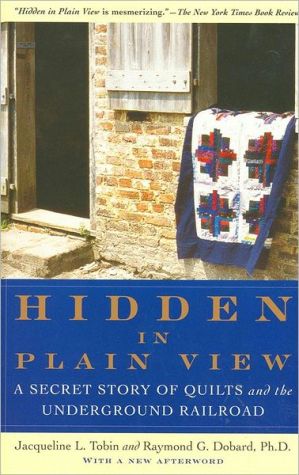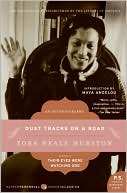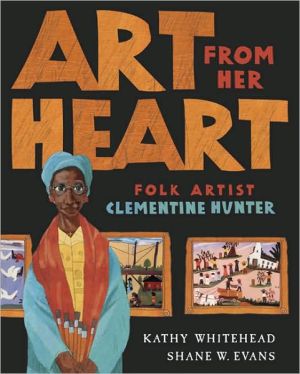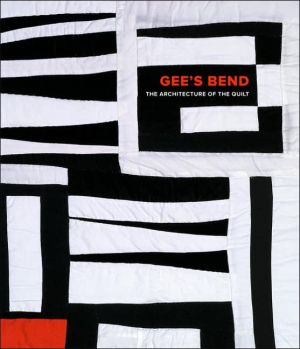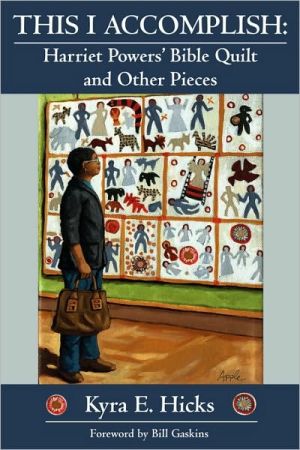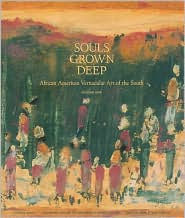Quilts of Gee's Bend: Masterpieces from a Lost Place
Since the 19th century, the women of Gee's Bend in southern Alabama have created stunning, vibrant quilts. Beautifully illustrated with 110 color illustrations, The Quilts of Gee's Bend includes a historical overview of the two hundred years of extraordinary quilt-making in this African-American community, its people, and their art-making tradition. This book is being·released in conjunction with a national exhibition tour including The Museum of Fine Art, Houston, and the Whitney Museum of...
Search in google:
Since the 19th century, the women of Gee’s Bend in southern Alabama have created stunning, vibrant quilts. Beautifully illustrated with 110 color illustrations, The Quilts of Gee’s Bend includes a historical overview of the two hundred years of extraordinary quilt-making in this African-American community, its people, and their art-making tradition. This book is being·released in conjunction with a national exhibition tour including The Museum of Fine Art, Houston, and the Whitney Museum of American Art.Publishers WeeklyGee's Bend, Alabama, is a hamlet of 750 residents, most of whom are the descendants of slaves from the former Pettway plantation (and bear the surname Pettway), who during the New Deal purchased farms from the government. For much of the last century, the women of Gee's Bend have produced some of the most striking examples of American vernacular art, sharing them among the community and storing them within their homes. Aside from a brief stint of notoriety during a Civil Rights-era "Freedom Quilting Bee," this catalogue, accompanying an exhibit at the Museum of Fine Arts, Houston and New York's Whitney Museum of American Art, marks the work's entry into the public sphere. Founded by art collector William Arnett and Jane Fonda, the nonprofit Tinwood Alliance devotes itself to the cultural legacy of Gee's Bend, here offering 195 illustrations (162 in full color) documenting the quilts and the lives of many of their makers. The oversize format allows the many full-page reproductions to approximate the sensation of a large quilt spread on the page; the many "Housetop" quilts, with arresting geometric patterns and terrific color sense, speak for themselves. The book and exhibition make an important contribution to American cultural history. (Dec.) Copyright 2003 Cahners Business Information.
\ Publishers WeeklyGee's Bend, Alabama, is a hamlet of 750 residents, most of whom are the descendants of slaves from the former Pettway plantation (and bear the surname Pettway), who during the New Deal purchased farms from the government. For much of the last century, the women of Gee's Bend have produced some of the most striking examples of American vernacular art, sharing them among the community and storing them within their homes. Aside from a brief stint of notoriety during a Civil Rights-era "Freedom Quilting Bee," this catalogue, accompanying an exhibit at the Museum of Fine Arts, Houston and New York's Whitney Museum of American Art, marks the work's entry into the public sphere. Founded by art collector William Arnett and Jane Fonda, the nonprofit Tinwood Alliance devotes itself to the cultural legacy of Gee's Bend, here offering 195 illustrations (162 in full color) documenting the quilts and the lives of many of their makers. The oversize format allows the many full-page reproductions to approximate the sensation of a large quilt spread on the page; the many "Housetop" quilts, with arresting geometric patterns and terrific color sense, speak for themselves. The book and exhibition make an important contribution to American cultural history. (Dec.) Copyright 2003 Cahners Business Information.\ \ \ \ \ Library JournalThis distinctive volume provides an in-depth analysis of the African American quilts made in the isolated community of Gee's Bend, AL, which will be featured in an exhibition at the Whitney Museum of American Art through February 23. The 45 women highlighted represent four generations of quilt makers descended from slaves at the area's cotton plantations. During the Great Depression, Gee's Bend was photographed by Arthur Rothstein and Marion Post Wolcott of the Farm Security Administration. Inclusion of these photographs enhances the volume, as do the scholarly essays on the quilts' historical and artistic significance. The "portfolios" provide an account of the life of each woman, accompanied by photographs of her and her quilts. Identified as "my way" quilts, these works do not conform to traditional patterns. They were made to keep warm and were pieced from any available fabric in a "get it done" manner needed to survive harsh living conditions. Each is an individual expression of pattern and color comparable to works of modern art. Suitable for large art collections; for a broader view of this topic, see Roland Freeman's Communion of the Spirits: African-American Quilters, Preservers, and Their Stories.-Eloise R. Hitchcock, Middle Tennessee State Univ. Lib., Murfreesboro Copyright 2003 Cahners Business Information.\ \
